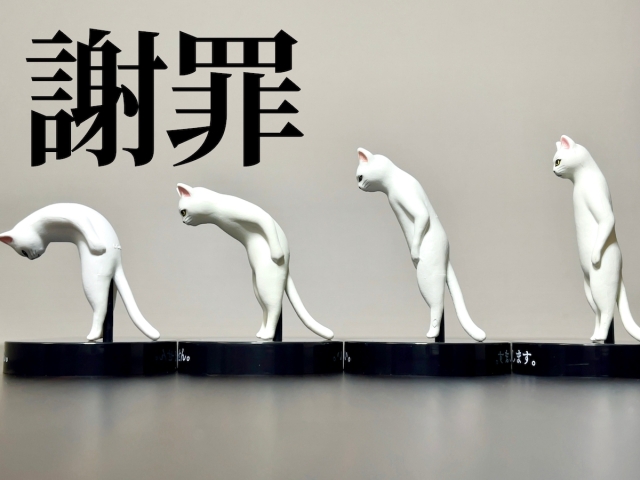
Felines walk us through the finer details of saying sorry in Japan.
In Japan, bowing is so deeply ingrained in the culture that the depth and type of bow can speak volumes. For those new to the culture, this form of expression can be an awkward one to master, but don’t worry — there’s a gacha capsule toy series here to guide us in the ways of the bow in the cutest way possible.
▼ With apologetic cats!
Our Japanese-language reporter Saya Togashi reckons this cute collection captures “the essence of Japan“, because what can be more Japanese than to know how to bow properly?
▼ These cats focus specifically on bows of apology, and there are six in the series to collect.
Gacha toy collectors might think there isn’t a lot of variation between these kitties at first, but a closer look reveals they have different expressions…
▼ …and different bowing angles.
In Japan, people are taught how to bow from a very young age, refining the art as they grow older and need to bow for different situations, like during job interviews and to show respect for colleagues of various ranks within a company. Generally, the three main bows involve bending at angles of 15 degrees, 30 degrees and 45 degrees, but there are a few more to learn as well, so let’s take a look at what these cats have to say about it all.
This first cat can be seen demonstrating a low bow for a relatively low level of apology, where little more than a lowering of the head and gaze is required. The cat’s pedestal here reads “Shitsurei Itashimasu” (“Excuse Me”), a phrase that often accompanies this bow when employees dip their head as they enter a room at work.
Next is the 15-degree-angle bow (known as “eshaku“). The phrase on the pedestal reads “Gomen Nasai” (“I’m Sorry“), which is more commonly used when speaking to those you know well, like friends or family members.
▼ A closer look at this cat’s facial expression, however, reveals it might not really be sorry for what it did.
Next is a more respectful bow known as “keirei“, which involves a 30-degree bend of the torso. The phrase for this one is “Sumimasen” (“I’m Sorry“), which is more appropriate when apologising to those you don’t know so well.
A quick look at this cat’s face, though, shows it looking upwards with its eyes while bowing, which is a no-no in the human world. Well-mannered humans are required to lower their eyes when they bow, so that their gaze falls to the ground slightly in front of their feet.
▼ As we know, though, cats don’t like to follow rules not made by them.
Then we have a deep bow known as “saikeirei”, which involves a bend of 45 – 70 degrees. The phrase on this pedestal reads “Moushiwake Gozaimasen“, a much more respectful way of saying “I’m sorry“, commonly used when speaking to superiors.
▼ The deeper you bow, the more respectful the apology.
There are a couple more bows that are even deeper and more respectful, but unfortunately we weren’t able to get them when we fed our coins into the gacha machine that sold them. The bows can be seen on the little pamphlet that comes with each capsule toy, though, so we could see what they were like.
▼ Right to left in the middle image: Chinsha (“Apology“) and “Dogeza” (“Prostrate oneself“)
These are two forms of bowing people want to avoid whenever possible, because if you find yourself using them, it means you’ve done something really bad…or you’ve come across a particularly horrible customer.
These remorseful kitties are sure to come in handy when you want to practice the art of a Japanese apology, or gift a sorry cat to a family member you’ve wronged.
Available at gacha capsule toy machines around the country for 300 yen (US$2.66) each, you could easily stock up on a whole litter of bowing cats, and even then it wouldn’t even be the strangest thing, because in Japan, even hanko stamps bow to show respect.
Photos ©SoraNews24
● Want to hear about SoraNews24’s latest articles as soon as they’re published? Follow us on Facebook and Twitter!
[ Read in Japanese ]


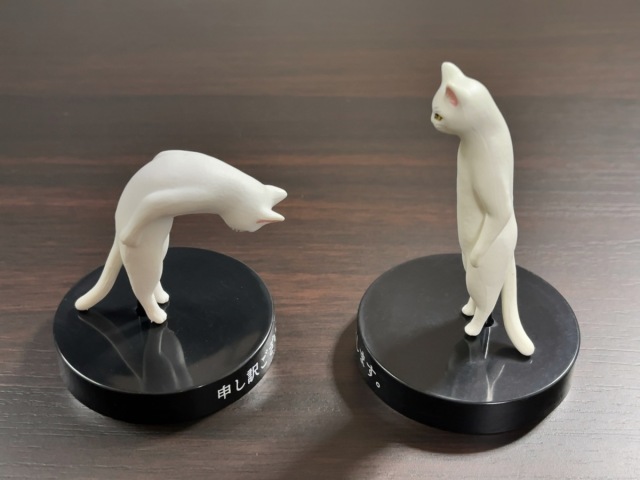
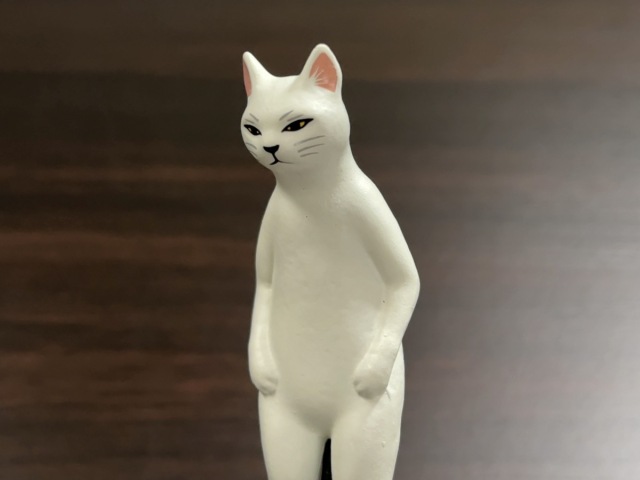
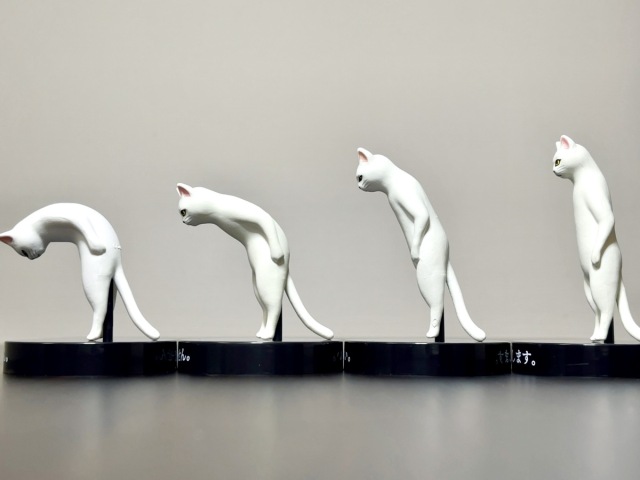
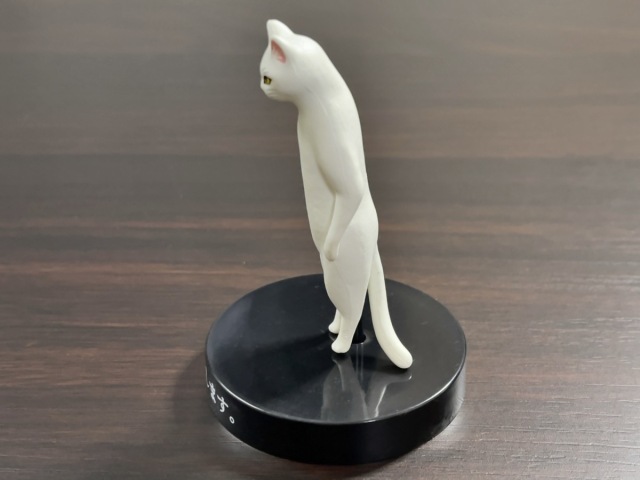
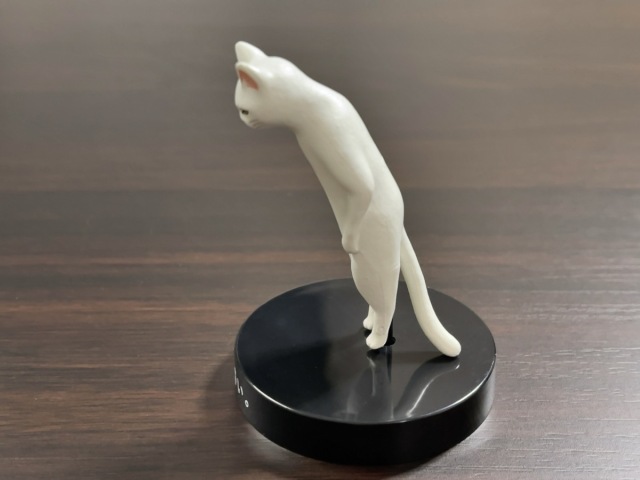
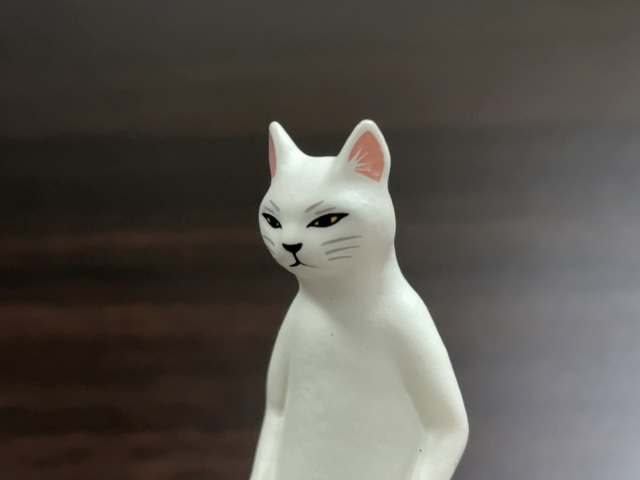
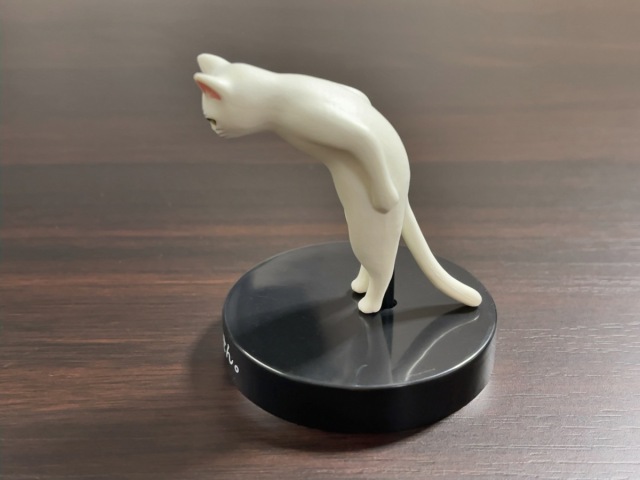
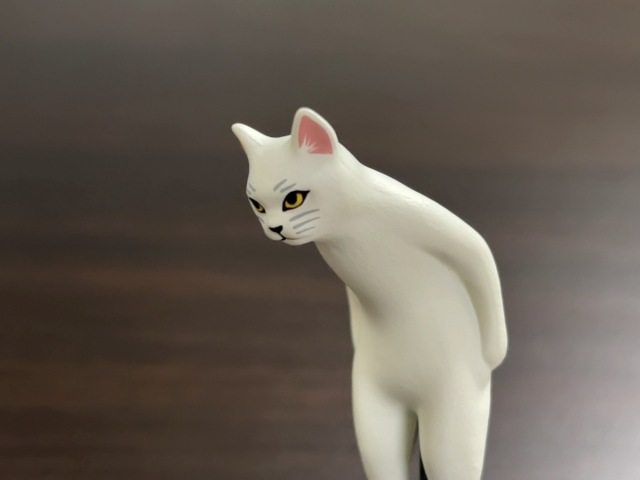
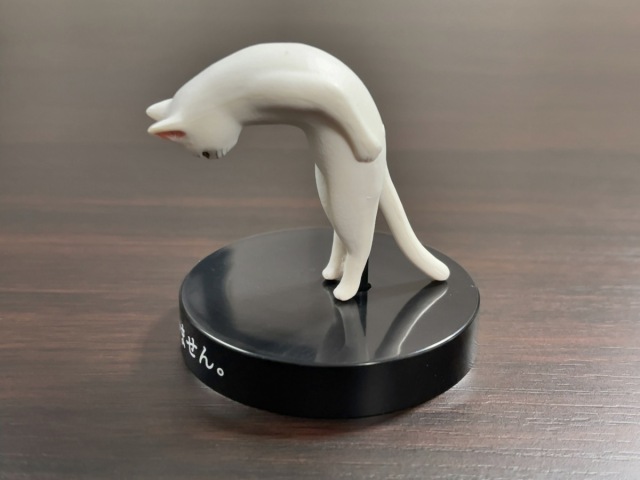

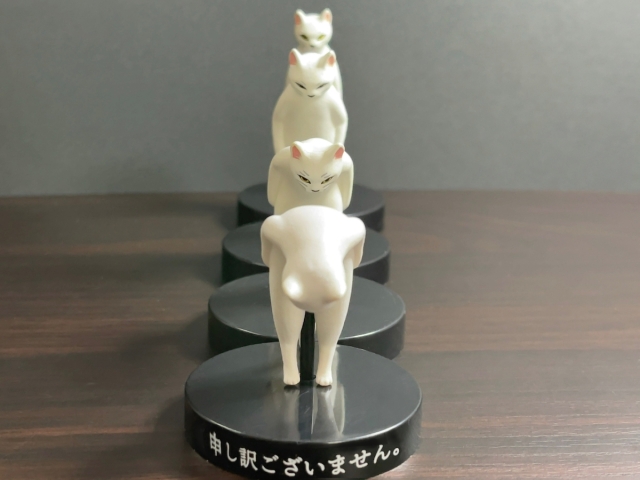
 Cats and dogs apologising at Japanese press conference is our newest gacha capsule toy obsession
Cats and dogs apologising at Japanese press conference is our newest gacha capsule toy obsession Cute cat finds way to make humans bow down and worship him at Japanese shrine
Cute cat finds way to make humans bow down and worship him at Japanese shrine Cute cat shows us how to bow in apology, Japanese style【Video】
Cute cat shows us how to bow in apology, Japanese style【Video】 Japanese custom of bowing to cars at crosswalks keeps locals safe, warms Internet’s hearts【Video】
Japanese custom of bowing to cars at crosswalks keeps locals safe, warms Internet’s hearts【Video】 Blink and you’ll miss what riled racists in this Japanese McDonald’s ad 【Video】
Blink and you’ll miss what riled racists in this Japanese McDonald’s ad 【Video】 Hello, cosmetics! Clinique teams up with Hello Kitty this summer for first-time collaboration
Hello, cosmetics! Clinique teams up with Hello Kitty this summer for first-time collaboration How to order snacks on a Shinkansen bullet train in Japan
How to order snacks on a Shinkansen bullet train in Japan Burger King Japan suddenly adds Dr. Pepper and Dr. Pepper floats to its menu nationwide
Burger King Japan suddenly adds Dr. Pepper and Dr. Pepper floats to its menu nationwide Japan’s new difficult-to-drink-from beer glass protects your liver, but it’s a brutal experience
Japan’s new difficult-to-drink-from beer glass protects your liver, but it’s a brutal experience New samurai glasses are Japan’s latest weird must-have souvenir
New samurai glasses are Japan’s latest weird must-have souvenir Studio Ghibli releases Ponyo donburi bowl to bring anime ramen to life
Studio Ghibli releases Ponyo donburi bowl to bring anime ramen to life New Nintendo Lego kit is a beautiful piece of moving pixel art of Mario and Yoshi【Photos】
New Nintendo Lego kit is a beautiful piece of moving pixel art of Mario and Yoshi【Photos】 Nintendo history you can feel – Super NES, N64, and GameCube controllers become capsule toys
Nintendo history you can feel – Super NES, N64, and GameCube controllers become capsule toys Demon Slayer: Kimetsu no Yaiba gets new roller coaster attractions and food at Universal Studios Japan
Demon Slayer: Kimetsu no Yaiba gets new roller coaster attractions and food at Universal Studios Japan High-fashion Totoro cuddle purse is like an elegant stroll in the forest【Photos】
High-fashion Totoro cuddle purse is like an elegant stroll in the forest【Photos】 “The most Delicious Cup Noodle in history” – Japan’s French Cup Noodle wins our heart【Taste test】
“The most Delicious Cup Noodle in history” – Japan’s French Cup Noodle wins our heart【Taste test】 Starbucks releases a cute Frappuccino and Unicorn Cake…but not in Japan
Starbucks releases a cute Frappuccino and Unicorn Cake…but not in Japan Kyoto Tower mascot termination reveals dark side behind cute Japanese characters
Kyoto Tower mascot termination reveals dark side behind cute Japanese characters McDonald’s Japan’s Soft Twist Tower: A phantom ice cream only sold at select branches
McDonald’s Japan’s Soft Twist Tower: A phantom ice cream only sold at select branches Yabai Ramen: What makes this Japanese ramen so dangerous?
Yabai Ramen: What makes this Japanese ramen so dangerous? Finally! Nintendo Japan expands Switch 8-bit controller sales to everybody, Online member or not
Finally! Nintendo Japan expands Switch 8-bit controller sales to everybody, Online member or not Japanese government wants to build luxury resorts in all national parks for foreign tourists
Japanese government wants to build luxury resorts in all national parks for foreign tourists To combat declining birth rate, Japan to begin offering “Breeding Visas” to foreigners
To combat declining birth rate, Japan to begin offering “Breeding Visas” to foreigners 10 things you should buy at 7-Eleven in Japan
10 things you should buy at 7-Eleven in Japan Studio Ghibli releases anime heroine cosplay dresses that are super comfy to wear
Studio Ghibli releases anime heroine cosplay dresses that are super comfy to wear Woman charged for driving suitcase without a license in Osaka
Woman charged for driving suitcase without a license in Osaka Studio Ghibli unveils My Neighbour Totoro miniature house model
Studio Ghibli unveils My Neighbour Totoro miniature house model Kyoto experiencing problems with foreign tourists not paying for bus fares, but not on purpose
Kyoto experiencing problems with foreign tourists not paying for bus fares, but not on purpose Fighting mild hunger with a Japanese soda that turns into jelly in the stomach【Taste test】
Fighting mild hunger with a Japanese soda that turns into jelly in the stomach【Taste test】 Studio Ghibli’s Howl’s Moving Castle tapestry unveiled in Japan for first time
Studio Ghibli’s Howl’s Moving Castle tapestry unveiled in Japan for first time McDonald’s new Happy Meals offer up cute and practical Sanrio lifestyle goods
McDonald’s new Happy Meals offer up cute and practical Sanrio lifestyle goods Sales of Japan’s most convenient train ticket/shopping payment cards suspended indefinitely
Sales of Japan’s most convenient train ticket/shopping payment cards suspended indefinitely Sold-out Studio Ghibli desktop humidifiers are back so Totoro can help you through the dry season
Sold-out Studio Ghibli desktop humidifiers are back so Totoro can help you through the dry season Japanese government to make first change to romanization spelling rules since the 1950s
Japanese government to make first change to romanization spelling rules since the 1950s Foreigner’s request for help in Tokyo makes us sad for the state of society
Foreigner’s request for help in Tokyo makes us sad for the state of society Ghibli founders Toshio Suzuki and Hayao Miyazaki contribute to Japanese whisky Totoro label design
Ghibli founders Toshio Suzuki and Hayao Miyazaki contribute to Japanese whisky Totoro label design Doraemon found buried at sea as scene from 1993 anime becomes real life【Photos】
Doraemon found buried at sea as scene from 1993 anime becomes real life【Photos】 Tokyo’s most famous Starbucks is closed
Tokyo’s most famous Starbucks is closed Princesses, fruits, and blacksmiths: Study reveals the 30 most unusual family names in Japan
Princesses, fruits, and blacksmiths: Study reveals the 30 most unusual family names in Japan Japanese high school requires teens to kneel and bow for teaches, receives harsh online backlash
Japanese high school requires teens to kneel and bow for teaches, receives harsh online backlash Japan is so polite even its hanko stamps bow to show respect
Japan is so polite even its hanko stamps bow to show respect Gomen neko: adorable carry pouches feature “sorry cats” bowing in apology
Gomen neko: adorable carry pouches feature “sorry cats” bowing in apology Wanna win a Nintendo Switch? You can with this gigantic gacha capsule machine in Nara【Photos】
Wanna win a Nintendo Switch? You can with this gigantic gacha capsule machine in Nara【Photos】 Japan has a random hotel room gacha capsule vending machine
Japan has a random hotel room gacha capsule vending machine Real-kitty-litter snow globes coming soon to Japan’s capsule toy vending machines【Photos】
Real-kitty-litter snow globes coming soon to Japan’s capsule toy vending machines【Photos】 Akihabara Radio Kaikan’s gacha capsule toy lucky bag is an otaku delight【Photos】
Akihabara Radio Kaikan’s gacha capsule toy lucky bag is an otaku delight【Photos】 Mr. Sato’s day made from this gacha capsule toy with a special surprise【Pics】
Mr. Sato’s day made from this gacha capsule toy with a special surprise【Pics】 Turn your pets into cute police officers with a hat from a Japanese vending machine!
Turn your pets into cute police officers with a hat from a Japanese vending machine! Japanese toilet fans rejoice — bidet-style washlet water guns are here!
Japanese toilet fans rejoice — bidet-style washlet water guns are here! Wise, adorable cat orb charms from Japan gacha machines float ominously wherever you hang them
Wise, adorable cat orb charms from Japan gacha machines float ominously wherever you hang them Posable “Nude” vending machine capsule toy is a better choice for artists than perverts
Posable “Nude” vending machine capsule toy is a better choice for artists than perverts Super-expensive capsule toys – Trying out Japan’s Premium Gachapon machine【Photos】
Super-expensive capsule toys – Trying out Japan’s Premium Gachapon machine【Photos】 Definitely not for kids — new Pennywise gacha capsule toy is terrifying yet awesome
Definitely not for kids — new Pennywise gacha capsule toy is terrifying yet awesome Japanese company has employees-only capsule toy machine in its office for an awesome reason
Japanese company has employees-only capsule toy machine in its office for an awesome reason We got our paws on the real-kitty-litter snow globe, and here’s how it looks
We got our paws on the real-kitty-litter snow globe, and here’s how it looks
Leave a Reply